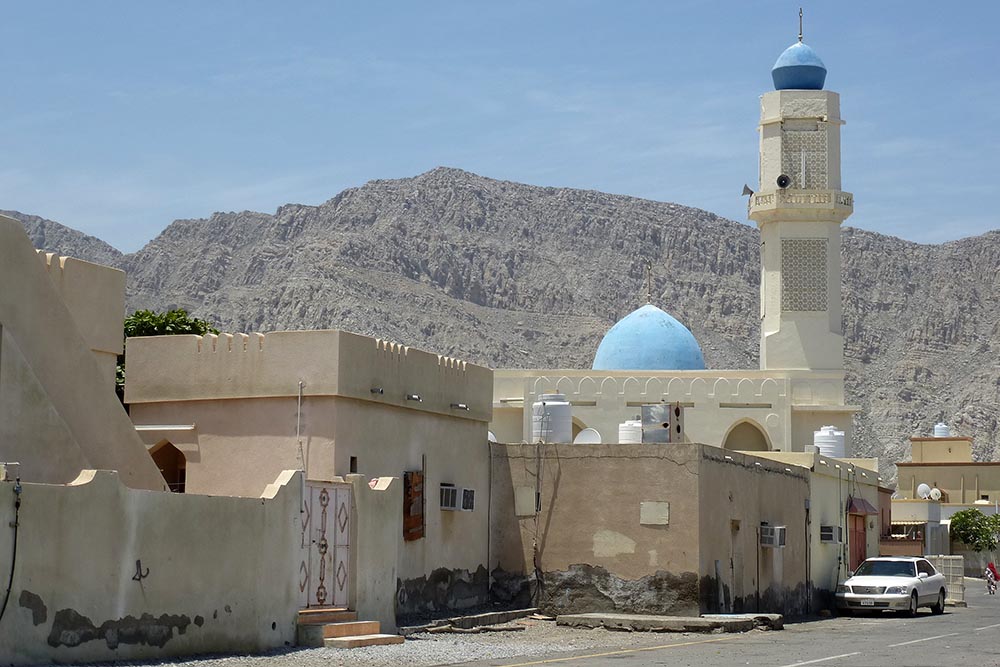The land of frankincense: Surprisingly different
Beautiful sultanate of Oman is still an insider tip. With its diverse environments, tourist attractions and cultural highlights, the peaceful Arabic country has become one of the most interesting travel destinations in the Middle East.
Oman – country of superlatives
-
Meteoric rise
Although Oman was famous in ancient times because of its incense, and prospered in the 17th and 18th century when it dominated large parts of the East African coast and Zanzibar, the glamour had gone completely in the middle of the 20th century. When Sultan Quaboos (meanwhile deceased) deposed his unprogressive father in a bloodless coup in 1970, Oman was an isolated and underdeveloped state which still had slavery, only a couple of schools and hospitals as well as a few kilometers of paved roads. In the households, electricity and running water barely existed. The rate of illiteracy was extremely high.
With the income from oil production, Qaboos started modernizing the backward country, and slavery was outlawed. He embarked on economic reforms, and increased spending on health, education and welfare. New roads, schools and hospitals were built, and soon there was a water and electricity supply that connected even remote villages with the rest of the country. Nowadays everyone can go to school and to the doctor for free. Around 95% of the population knows how to read and write. Many young people have an university degree. According to the United Nations World Development Report, Oman is one of the countries that has made the most progress in the past four decades. But Qaboos also made sure the traditions were preserved. You won’t find skyscrapers as in the Emirates for example.
-
Extreme climate
Like the whole region on the Arabian Peninsula, Oman has one of the hottest climates in the world. In Muscat, temperatures can reach 50 degrees in summer. And although Oman receives little rainfall in general, especially in summer, it is the opposite in the South of Oman: In the Dhofar Mountains near Salalah, a region with subtropical climate, it rains cats and dogs late June to late September – as a result of monsoon winds from the Indian Ocean. Tourists from the North and other Arabian countries come to Salalah to enjoy this “romantic weather”, the “khareef” season with an air saturated with cool moisture and heavy fog, and agreeable temperatures between 20 and 30°C – relatively cool temperatures compared to the heat in northern Oman.
-
Fjords in the North and the driest place on earth in the Southwest
The Northern exclave Musandam Peninsula (1,800 sq km, 32,500 inhabitants) is also called “Norway of Arabia”. It juts into the Strait of Hormuz, the narrow entry into the Persian Gulf, from the Arabian Peninsula. The countryside is extraordinary with its extensive fjord-like craggy inlets and desolate mountainscape.
The other extreme is the „Empty Quarter“ („Rub Al Khali“ in Arabic) , the world’s largest uninterrupted sand desert wordwide. It stretches across Arabia, including the South Western corner of Oman. Rub Al Khali is one of the driest places on earth and, therefore, one of the most sparsely populated regions. The desert covers 650,000 square kilometers. This is roughly the size of France. In Oman, Rub Al Khali is located in southern Oman, in the governorate of Dhofar with its capital Salalah.
